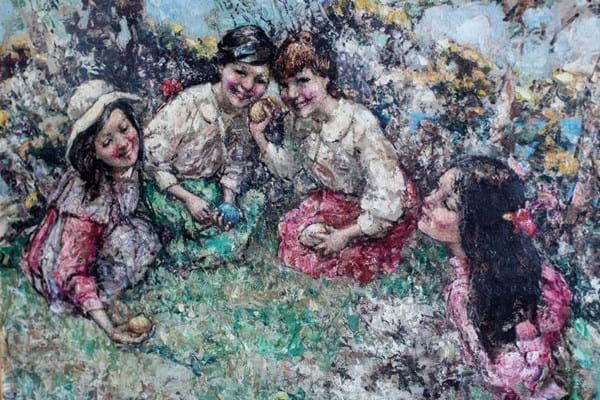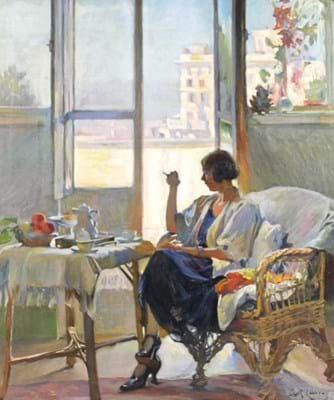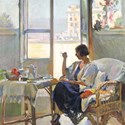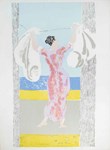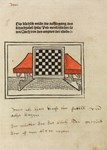In Laing’s case, her canvases often portray figures in sunlit interiors and sat at tables laden with flowers or food. Hornel preferred to paint pictures of young girls outside, surrounded by a kaleidoscopic view of dense flowers and foliage, a subject that made him wealthy but became somewhat formulaic. Typical examples of both artists’ works cropped up at auctions in England recently.
Batemans (20% buyer’s premium) offered a 2ft 3in x 23in (68 x 58cm) oil on canvas of a young lady sat at a breakfast table by Laing.
The painting was consigned by an American vendor who had been living and working in the UK over the past decade but had recently returned to the US.
“Various items had not made the trip back, mostly furniture, but there were a few paintings also and they were consigned to us direct from storage,” said the auction house’s managing director and valuer Greg Bateman.
An old label for Sotheby’s Copenhagen appeared on the verso, accompanied with a chalk date of 3-5-98 to the stretcher. It was secured by a local private buyer in the room on the low estimate at £6000.
Hornel’s Rolling Easter Eggs was offered at Carlisle auction house Laidlaw (17.5% buyer’s premium) and was consigned from a deceased estate in the Glasgow area. The 2ft 11in x 2ft 5in (90 x 75cm) oil on canvas, dated 1924, is a springtime depiction of four young girls, each crouched amid wild forsythia blossom as they roll brightly-coloured Easter eggs downhill.
The picture had been acquired from the artist and descended through the family of the vendor.
“It was uncommon in depicting four children, and was a relatively large work by Hornel,” said auctioneer and valuer Paul Laidlaw.
Estimated at £13,000-18,000, it was secured at £16,400 by a phone bid from a member of the UK art trade and was underbid by a private collector.

